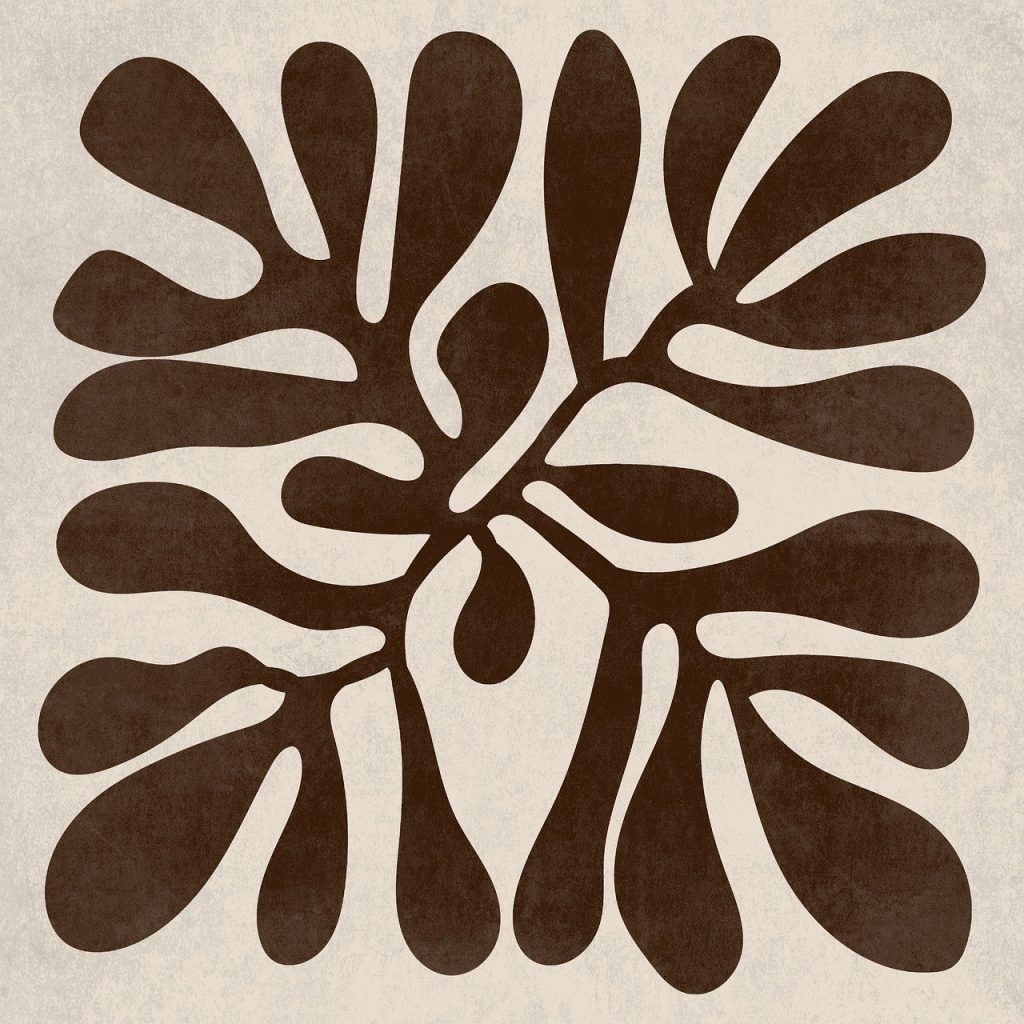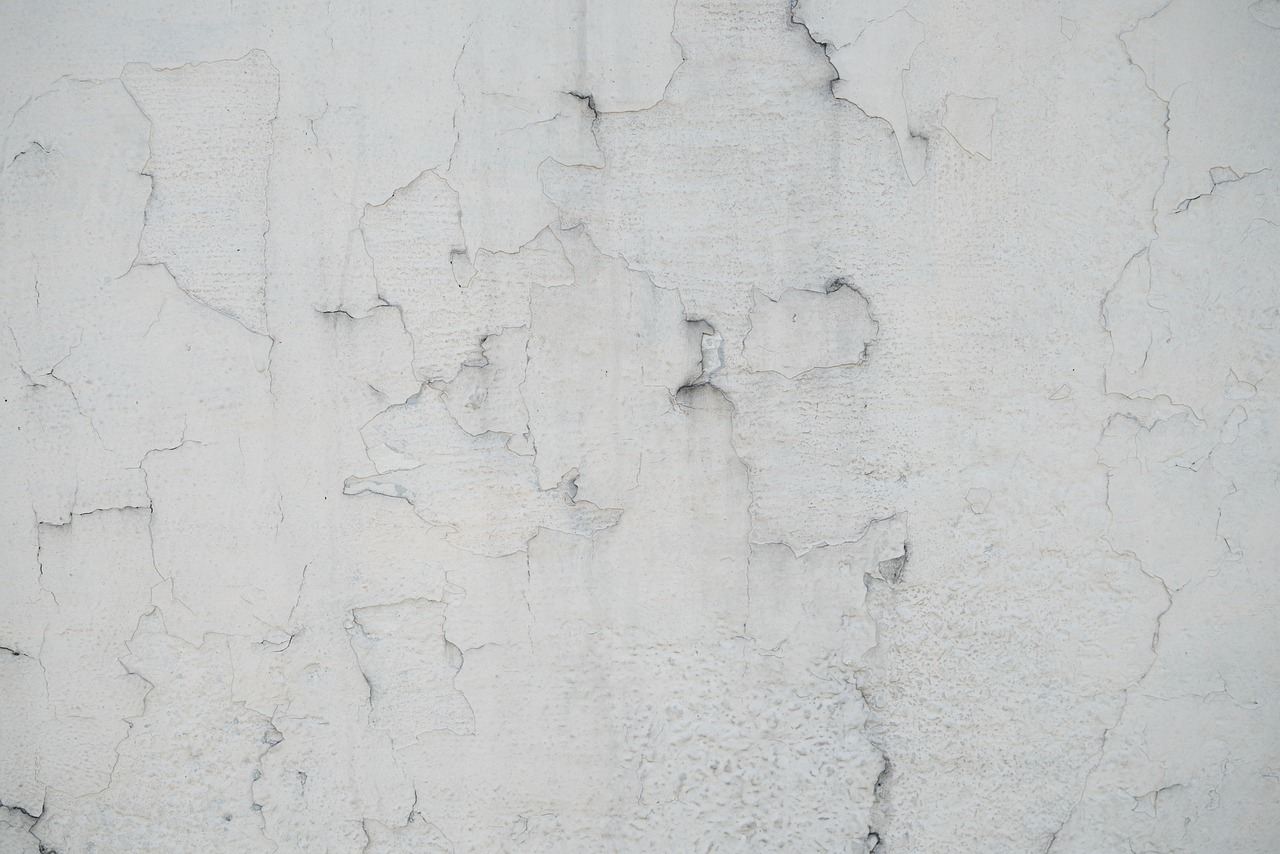Nature in Art

Nature in art captures the beauty and complexity of our environment across various mediums. Landscapes portray forests, mountains, and rivers through abstract and Impressionist styles, evoking emotions like tranquillity and awe. Botanical illustrations marry art and science, meticulously documenting plant anatomy with watercolours and ink. Wildlife portrayals, from sculpture to photography, highlight intricate relationships between humans and animals. Nature-inspired prints bring the outdoors into homes with vibrant, earthy designs. Lastly, tropical and botanical prints combine lush landscapes and flora, adding elegance to any room. You’ll uncover even more intriguing details as you explore further.
Key Points
- Landscapes in art evoke emotions like tranquillity and awe through abstract and Impressionist styles.
- Botanical illustrations blend art and science, capturing plant anatomy with precision and intricate detailing.
- Wildlife portrayals reflect the intricate relationships between humans and animals through various mediums, including sculptures and photography.
- Nature-inspired prints, using earthy colors and abstract designs, bring outdoor beauty into homes with prices ranging from £19.95 to £119.95.
- Tropical and botanical designs by artists like Rafael Farias offer vibrant and intricate depictions of lush landscapes and flora.
Landscapes in Art
When you look at landscapes in art, you’re not just seeing a depiction of natural scenery; you’re experiencing an artist’s unique interpretation of forests, mountains, and rivers. Artists capture these elements through various styles, ranging from abstract interpretations to Impressionist masterpieces.
Abstract interpretations might use bold colours and shapes to convey emotions, while Impressionist masterpieces often focus on light and atmosphere, capturing fleeting moments. These landscapes can evoke a range of emotions, from tranquillity to awe, reflecting the changing seasons and weather conditions.
Botanical Illustrations
Botanical illustrations offer an exquisite fusion of art and science, capturing the intricate details of plant anatomy with remarkable accuracy and beauty. You’ll find these detailed renderings in scientific journals, botanical textbooks, and art collections, each serving to document and celebrate plant diversity.
Artists employ various mediums like watercolors, pen and ink, and digital tools to achieve scientific precision. These artistic techniques guarantee that every stamen, petal, and leaf is depicted with accuracy. The intricate detailing not only aids in scientific documentation but also showcases the aesthetic appeal of plant life.
Wildlife Portrayals
Wildlife portrayals at Nature in Art capture the essence of animal life through a diverse range of artistic mediums, offering both aesthetic enjoyment and insightful commentary on the natural world.
You’ll be mesmerized by intricate animal sculptures by artists like Jacob Epstein, which bring creatures to life in three-dimensional splendor.
Meanwhile, annual exhibitions like Wildlife Photographer of the Year showcase stunning wildlife photography, allowing you to appreciate the sheer beauty and complexity of animals in their natural habitats.
Renowned artists such as Charles Tunnicliffe contribute to this rich tapestry, blending realism and artistry.
These works don’t just depict animals; they invite you to reflect on the intricate relationships between humans and the animal kingdom.
Nature-Inspired Prints
After delving into the mesmerizing world of wildlife portrayals, you’ll find that nature-inspired prints offer an equally engaging way to bring the beauty of the outdoors into your home. Artists like 83 Oranges, Kubistika, and Sifa Mustafa celebrate the earth with vibrant works. Using earthy color schemes and abstract interpretations, these prints transform spaces with subtlety and sophistication.
| Artist | Print Example |
|---|---|
| 83 Oranges | ‘Palm Trees Above Me’ |
| Rachel Lee | ‘Winter Morning’ |
| Dan Hobday | ‘Tuscan Hills’ |
The giclee printing process on 210gsm acid-free archival paper guarantees quality and longevity. With prices ranging from £19.95 to £119.95, these pieces make nature accessible and enduring in your living space.
Tropical and Botanical Designs
Immerse yourself in the lush world of tropical and botanical designs, where artists like Rafael Farias and Garima Dhawan intricately capture the essence of verdant landscapes and flora.
Their prints, such as ‘Palm Trees Above Me‘ and ‘Monstera Leaf,’ showcase tropical elegance and botanical whimsy. These designs celebrate nature’s beauty, bringing artistic inspiration into your home.
Pieces like ‘Emerald Love‘ and ‘Palm Leaves‘ offer a vibrant touch of tropical landscapes and botanical illustrations, making your space feel like a serene oasis.
The collection’s prices range from £14.95 to £119.95, making it accessible for different budgets.
Whether you’re drawn to the lush greenery or the detailed botanical elements, there’s something to captivate every nature lover.
Frequently Asked Questions
How Do Artists Incorporate Natural Elements Into Abstract Art?
You might notice that artists use natural textures and organic patterns to create depth and evoke emotions. They blend elements like wood grain or leaf structures into abstract forms, making the artwork resonate with nature’s essence.
What Materials Are Best for Creating Nature-Themed Sculptures?
When creating nature-themed sculptures, you’ll find stone carving and wood sculpting highly effective. Stone offers durability and majesty, while wood provides warmth and texture. Both materials allow detailed expression, enhancing the organic feel of your artwork.
How Has Technology Influenced Contemporary Nature Art?
You’re exploring how technology’s reshaping contemporary art. Digital landscapes let you create immersive nature scenes, while virtual exhibitions allow global audiences to experience these works. These innovations enhance accessibility and transform artistic expressions.
What Role Does Nature Play in Traditional Cultural Art Forms?
You’ll find that nature plays a pivotal role, offering symbolic representation and cultural significance. It reflects beliefs, traditions, and values, enriching cultural art forms with deep connections to the environment and ancestral heritage.
How Can One Start a Collection of Nature-Inspired Art?
To start a collection of nature-inspired art, explore nature photography and botanical illustrations. Visit galleries, attend art fairs, and research online platforms. Prioritize pieces that resonate with you, considering their quality, uniqueness, and historical context.
Conclusion
By exploring landscapes, botanical illustrations, wildlife portrayals, and nature-inspired prints, you’ve gained a deeper appreciation for how artists capture the essence of nature.
This journey through art reveals the intricate details and contexts that inspire creativity.
You now see how tropical and botanical designs bring the vibrancy of the natural world into artistic expression.
It’s clear that nature, in its myriad forms, remains a timeless muse, enriching art with its boundless beauty and complexity.
Author: Jessica Hartley

